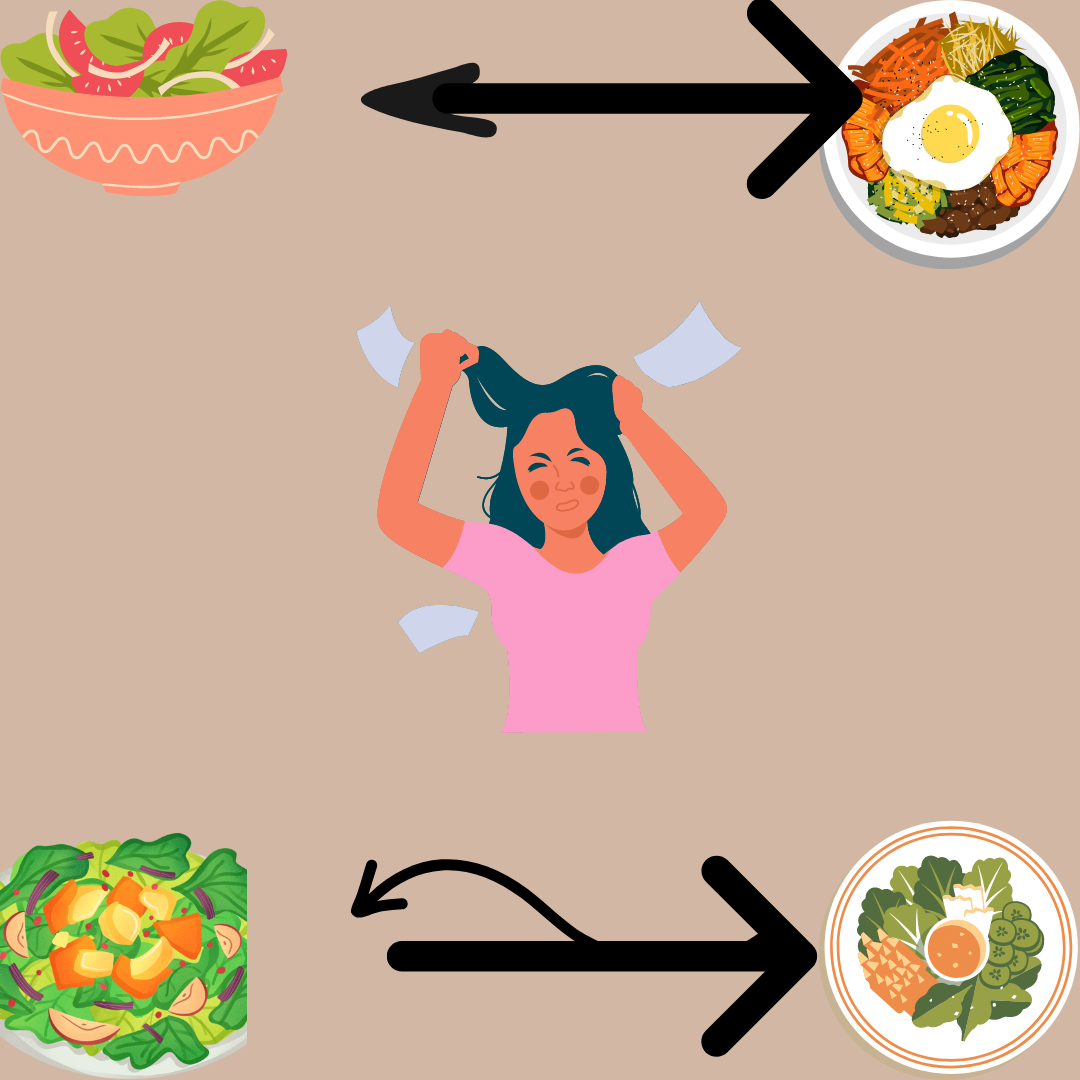Usually, the focus of dieting is on lowering your calories for weight loss, maintaining them for weight stability, or increasing them for weight gain. But did you know that altering your calories by increasing your overall intake can also help you lose weight and protect your health? That’s right! In recent years, many people have realized that diet breaks and reverse diets are integral to their journeys. We look at how the two compare, and why you might need to use them for better results.
WHAT ARE DIET BREAKS?
In the health and fitness world, diet breaks are the most common. These refer to periods when you eat at your maintenance calories. For example, if you have been eating 1,500 calories yet your maintenance calories are 1,800, a diet break would have you going back to the 1,800 for a while. Then you would eventually go back to the 1,500 calories and continue your deficit.
The diet break period depends on many factors, including your physical health, why you are going on the break, and how long you have been dieting. Some people take a break for days while others do it for weeks or months. The period is best tailored to suit your wants and needs, as I do with all my clients. But if you are unsure if you should take one, you can read all about the sure signs that it’s time to take a break from your diet.
These diet breaks are essential for many reasons, including physical and mental fatigue. The idea is to normalize your body’s processes so that you can have an easier time continuing your diet. You can learn more about these breaks in this detailed guide.
WHAT IS REVERSE DIETING?
Everyone is familiar with calorie deficits. After all, most health and fitness programs focus on reducing calorie intakes to enable people to lose fat and, therefore, weight. But have you ever thought about the converse?
We all know that body builders and people trying to gain muscle eat a lot of food and end up in a caloric surplus. But they are not the only ones who need to up their calories. People who have been on calorie deficits for a long time may need to reverse diet to address the downsides of long-term deficits.
So, how does it work? Like with a reverse diet, you start in a calorie deficit. For example, if you were consuming 1,500 calories, you will gradually add back some calories to your overall intake. You can start by adding 100 calories in one week, then 100 the other, and then 100 the other. You will keep doing this while monitoring your weight to finally see the calorie intake at which your weight stabilizes. The goal is to increase your calorie intake, and, therefore, your metabolism without gaining weight.
This method works great for people who are in competitive sports as well as people who have been dieting for a long period and are afraid of gaining weight once they start eating at maintenance. I also like using this method with my clients who have been on a deficit for two to three months as this helps them get back to maintenance while keeping an eye on their intake instead of going all in.



DIFFERENCE BETWEEN DIET BREAKS AND REVERSE DIETS
Once you look at how diet breaks and reverse diets compare, it’s easy to see that they are quite similar, only that they have the following differences:
- The process. With a diet break, the idea is to increase your calories from a deficit to maintenance to normalize your body processes and ward off fatigue before going back down to the deficit. The goal is to reduce the stress on your body to prepare you for the next part of the diet. But with a reverse diet, the goal is to slowly come out and stay out of a deficit. As such, once you start coming up, you keep going up until your weight stabilizes.
- The maintenance calories. With a diet break, you calculate your maintenance calories based on your age, weight, height, activity level, and other such factors. As such, you work with what would be the average for someone who shares the same factors as you. But with a reverse diet, you take the time to increase your calories until your weight stabilizes – this gives you a much more accurate figure than working with an average.
Both diets are important for anyone on a health and fitness journey. Using a diet break helps you come up for air during a deficit while a reverse diet helps you maintain the results of your deficit and calculate your new maintenance calories. So, it’s not a matter of what’s better than the other. Instead, the use of either method is situational as it depends on what you are trying to achieve.
TRY REVERSE DIETING OR A DIET BREAK TODAY
Are you on a health and fitness journey and need to take a break because you are physically or mentally tired? Are you done with your diet but worried that the pounds will pile on once you are done with the deficit? No matter your concern, I can help you achieve your goal using these simple tools. To get started, fill out the form below.
